How stocking density affects feed intake
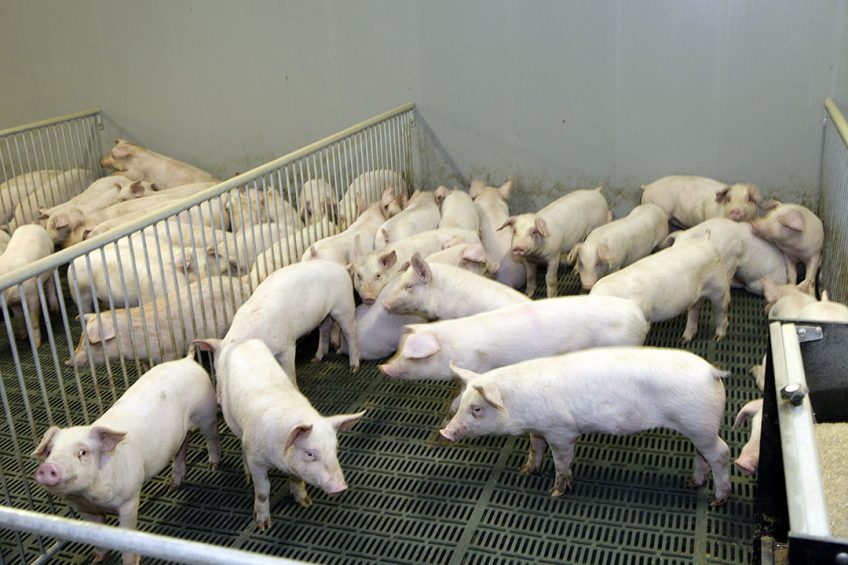
Getting piglets to eat straight after weaning is of paramount importance for the rest of the animals’ lives. The need to ensure they actually have the space to perform that natural behaviour should not be underestimated.
Feed intake is affected quite dramatically by the space allowance available to a pig throughout its life. Immediately after weaning the piglet attempts to mimic the actions of other pen-mates and it must have sufficient room to copy feeding and drinking behaviour. It is thought that limitations on trough space and drinker availability caused by overstocking are significant at his stage.
Piglets can adapt their behaviour to overcome the effects of marginal overstocking. Therefore performance during the third and fourth weeks post-weaning is often only marginally affected, except in very severely overstocked situations.
Eventually the increasing size and weight of the piglets means they cannot overcome the detrimental effects of overstocking by changing their behaviour, and feed intake and growth rate are once again depressed.
Higher stocking density, lower growth rate
Some excellent work illustrating the effect of overstocking was carried out in 1981 by researcher Dr Ronald Lindvall, working for the USDA in Nebraska, USA. His work began with five-week-old piglets (see results in Table 1). Dr Lindvall’s results are particularly relevant to typical farm practice because they show how moderate overstocking (0.17m2/pig) depresses growth rate and feed intake in the ‘learning phase’ immediately post-weaning or house move (see 0-14 day results) but that piglets often adapt to these conditions (see 14-28 days); however, as piglets grow they can no longer adjust their behaviour and sheer weight and size of piglets eventually depresses feed intake and growth. Severe overstocking (0.13m2/pig) caused depression in feed intake and growth rate from the moment the trial began.
The following trial was run under commercial conditions and illustrates several important points.
1. The damaging effects of increasing stocking density on feed intake and daily gain in the individual piglets. Notice how feed intake was reduced by 41g/day yet growth rate fell by 100g/day because of the detrimental effects of stress on feed conversion ratio.
2. While individual performance decreases with decreasing floor space per pig, daily gain per m2 actually increases.
3. As so often happens with farm trials, the start weights were not balanced correctly. We can estimate fairly accurately the difference in daily gain caused by the 0.64kg difference in start weight over the 26 day trial to be 40g/day. This leaves a difference of 60g/day due to stocking density. Over the trial, this means 1.56kg extra liveweight gain per pig could be attributed to the extra space allowance.
Weight doubling
A piglet will double its weight in the first three weeks after weaning. A pen of 15×6kg (90kg total) at weaning becomes 15×12kg (180kg) three weeks later. Deciding what is the optimum stocking density depends on factors such as health, climatic environment, feeder space/pig, water points/pig, pen shape and batch size. Local legal requirements must also be taken into consideration.
Experience of these factors on many commercial units can best be summarised in the advice in Table 3 from the Scottish Farm Buildings Investigation Unit. These guidelines are cited as a practical cost-benefit approach, balancing the constraints of commercial piggeries with the need to achieve high levels of post-weaning feed intake and growth.
Table 4 shows the minimum space allowance per pig as per the EU Welfare Regulations (2001). This guideline may be subject to severe criticism because it claims that the 6kg piglet has the same space requirement as the 10kg pig and that the 21kg pig has the same space requirement as the 30kg pig. Clearly this is a compromise which is likely to be detrimental to performance. It is important therefore to remember that these are minimum figures rather than optimum.
For more information, contact info@isn-asia.com.
 Beheer
Beheer

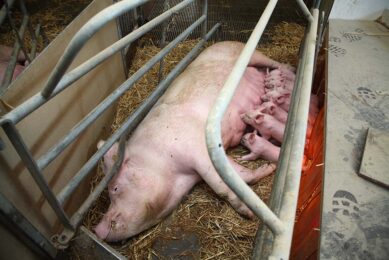
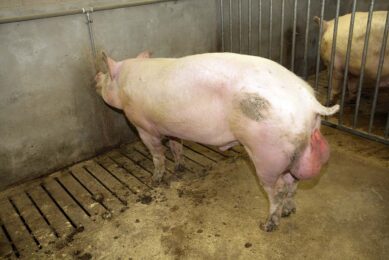
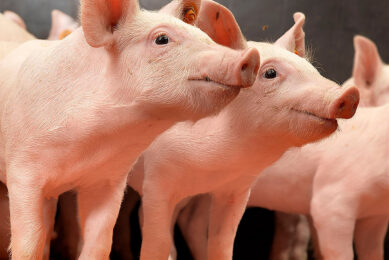
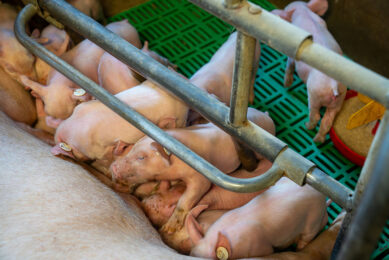



 WP Admin
WP Admin  Bewerk bericht
Bewerk bericht